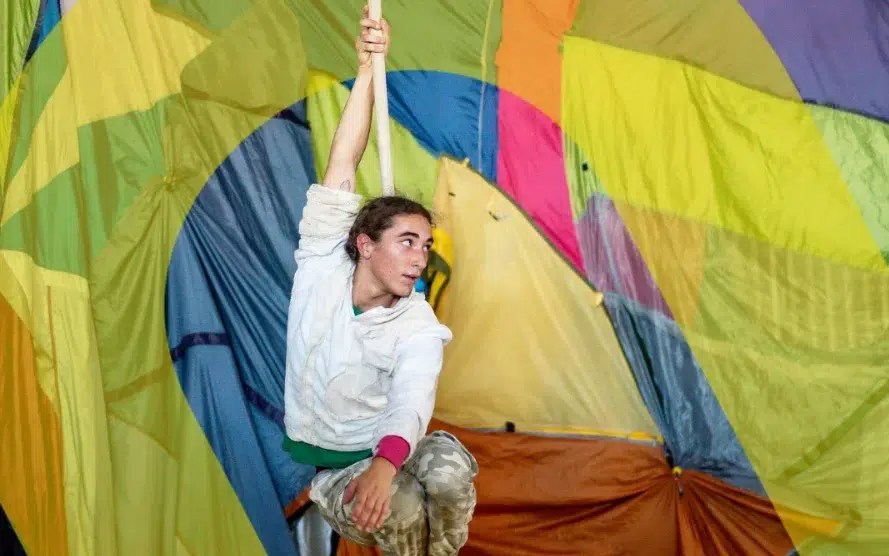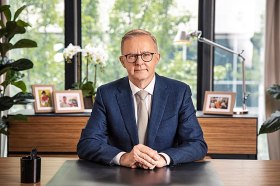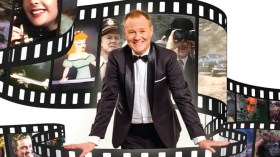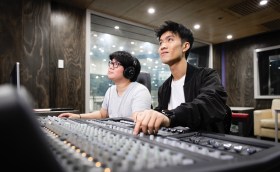When it comes to asking people for money, many in our sector will experience self-doubt or imposter syndrome. “What if I’m not good enough? What if people don’t like my work? What if, what if, what if…?”
But if you shift the lens from an artistic product to personal connection, a new array of possibilities in philanthropic funding opens up. Luckily, there are experts who can help you do just that without it costing you a cent.
The Australian Cultural Fund (ACF) is a free platform for artists, creative workers and small organisations to create fundraising campaigns that are tax deductible – it also offers free coaching sessions to help you plan, strategise and execute your campaign.
ACF Manager Tracy Woolacott and State Manager Development and Partnerships (SA/NT) Hannah Kothe tell ArtsHub that the biggest barrier to fundraising is confidence.
“We often start off with acknowledging the feelings that artists can have coming into fundraising,” says Kothe. “The idea is that you’ve got to be quite vulnerable to ask for money and that is nerve-wracking, so we help unpack it.”
Woolacott adds, “We’re offering a bit of a validation service as well, so artists feel comfortable taking that next step to build support.”
Kothe clarifies that the ACF does not make introductions to potential donors. Instead, it’s about giving people the tools and empowering them to make the most out of their own existing networks.
As a State Manager, Kothe offers free one-on-one coaching sessions for anyone who accesses the ACF – whenever they need – throughout their campaign.
Having the right mindset can take an artist from zero to realising their goals. Kothe shares a story: “A young performer out of Alice Springs was trying to fundraise on the ACF but didn’t have much success, so he contacted me for a coaching session. Through that process, we mapped out his network and it turned out that his father was a local dentist in a community choir and his mum also had connections to the arts in her profession. He went to those two groups and managed to raise $10,000 to go to New York for drama school.”
Kothe continues, “In this case it was people from his parents’ generation who wanted to see a young person excel on the international stage, so there was a clear case for why they should support him. We can help artists make this connection and build a strategy for their campaign.”
In this article:
Artists’ perspectives on overcoming fear
When asked how one can overcome the fear of fundraising, artist Charlee Watt suggests: “The scariest part was asking people to contribute financially to something that didn’t tangibly exist yet – especially in a cost of living crisis. But inviting people to support me as a creative resulted in an extraordinary response.”
Stick Mob Studio also offers a piece of advice to fellow creatives: “Lead your campaign with your story – make it personal, clear and connected to the heart of your work and where you are from so people know why it matters.
“Also, don’t be shy about reaching out directly to people who already know your work; meaningful support often comes through hearty conversations.”
Strategies for End of Financial Year donations
As we’re heading into the end of a financial year (EOFY), ArtsHub asks Woolacott and Kothe when the ideal time is to start an ACF campaign.
“As soon as possible,” says Woolacott. “There are some fundraising tips and tricks we would suggest if you decide to put it up in a day, but it can be tricky to start getting donations in such a short amount of time.”
In order to best capitalise your ACF campaign, don’t just set up a page and wait around for donations to come in. “There need to be conversations with people in your close network,” says Kothe, “ACF is a tool to enable you to offer the tax deduction, but it isn’t designed to do the fundraising work for you.”
And why is it important to ride the EOFY wave? “If you’re a bit scared and it’s your first time fundraising, EOFY makes the ask a little easier,” says Woolacott.
Kothe adds, “Tax deduction is a major incentive for donations around EOFY and it’s top of mind for donors. Around May and June, donors will speak to their accountants, who will tell them how their donations will have a tax effect, especially if they’re giving away large amounts of money.”
ACF facilitates over $10 million a year in donations and around 30% of such giving happens in May and June.
It’s not one size fits all: make fundraising work for you
There are a variety of ways artists and creative practitioners can utilise the ACF platform and different approaches to how a supporter can give, regardless of whether it’s an individual, an organisation or a trust or foundation making the donation.
The length of the campaign can also be tailored to individual needs – some can be one-offs while others run for years, and offer an alternative way to sustain one’s practice. You also don’t have to wait until the end of a campaign to receive payout.
Because the ACF is about utilising the artist’s own connections, you’re not going onto a fundraising platform to compete with each other for money. It also doesn’t function like a government grant.
Kothe explains, “Every time I do a workshop on ACF I say, ‘What I’m here to speak about is recognising that there’ll never be enough government arts money. ACF is about accessing other sources of money from the private sector so you can build independence and sustainability into an art practice.’
“We’re trying to make fundraising part of the creative process,” Kothe continues, “and that really transforms the way artists can maintain their practice. If it becomes part of the process of building relationships and making connections, that’s when you see artists soar in this space of private philanthropy.”
Kothe also strives to change artists’ perception on who can be a donor. “Donors are not separate people from us – anyone who’s ever given money to any charitable cause, even if that’s $2 rounded up at the supermarket for OzHavest, are philanthropists.
“It’s not about looking at the list of the 100 richest people in this country; it’s about capacity, interest and connection. Don’t count yourself out of fundraising and also don’t make judgements around who can give to you,” Kothe concludes.
Ready to realise your fundraising potential? Head to the Australian Cultural Fund to get started.





